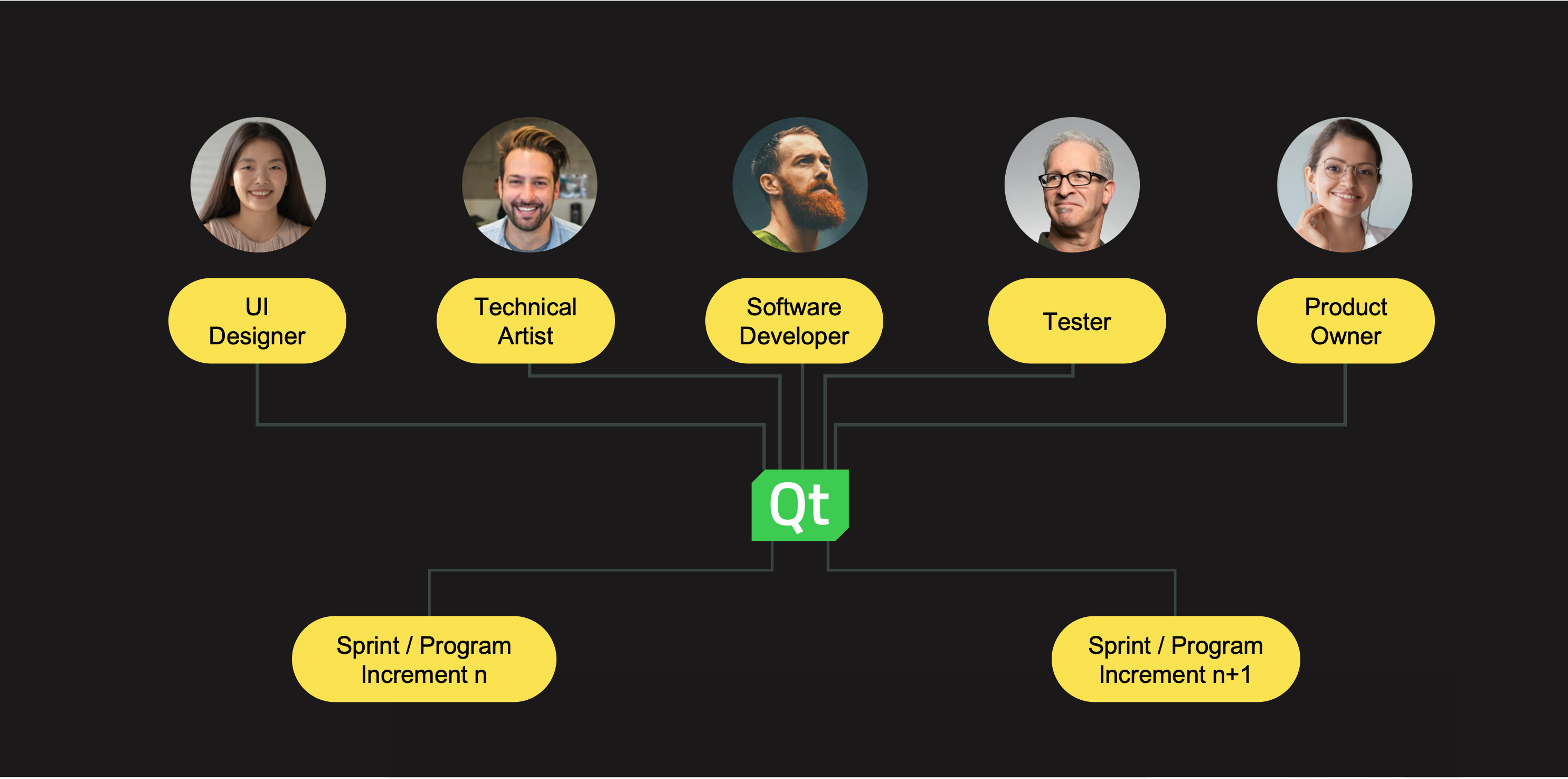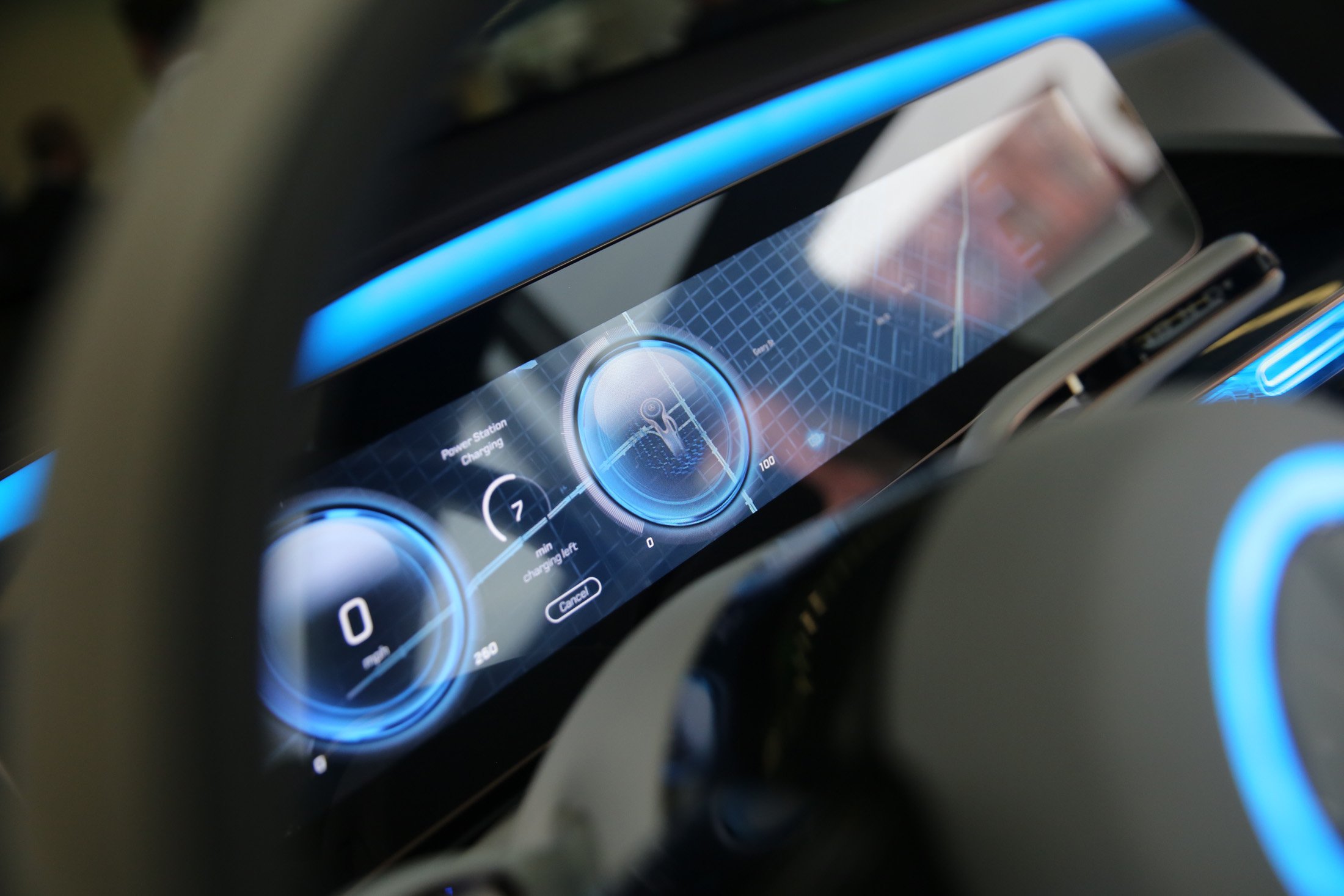Technical Artists – The New Kingmakers of User Experience?
February 08, 2022 by Peter Schneider | Comments
Technical Artists have become the bridge between art and code. Without Technical Artists, UI Designers and Software Developers cannot create immersive 3D experiences effectively. Does that make Technical Artists the new Kingmakers of User Experience?

In the past, four job profiles dominated the software development workflow: Product Owner, UI Designer, Software Developer, and Quality Assurance Engineer. (I'm disregarding roles such as Architect and Agile Coach for the time-being from the core creation process). While more differentiated roles such as Visual Designer, Motion Designer, Back-end Developer, and Test Automation Engineers appeared over the last few years, the overall setup has been stable.
But now, a new role, the Technical Artist, is becoming more crucial for developing digital experiences. Initially, Technical Artists appeared in the gaming industry closing the competence gap between 3D artists, UI designers, and developers. In the gaming industry, Technical Artists compose 3D assets such as character art or environment background into a complete user interface. Technical Artists implement shaders, particle emitters, lighting, and materials necessary to bring the design vision to life. The Technical Artist gives designers and software developers space to focus on their core competence.

Illustration above: 5 core members of an agile development team
In recent years, Technical Artists are becoming crucial also in other areas than gaming. With consumer expectations on user experiences growing and hardware acceleration becoming more affordable, 3D user interfaces are finding their way into many applications and embedded devices. Imagine how your car would feel without a car representation in 3D in the digital cockpit and the In-Vehicle Infotainment system.

Picture above: Mercedes Benz Concept Car UI
I’m confident that Technical Artists are required in any mid-size to large software development team in the future. Modern application and embedded device development cannot be made effectively without them.
The trend is that user interfaces increasingly consist of combinations of 2D and 3D assets, if for no other reason than customer expectations. But 2D assets and 3D assets are created with different tools such as Figma and Blender. These assets need to be combined somewhere by somebody. Furthermore, advanced technologies such as particle emitters, surface material rendering, and virtual lighting demand technical skills that sometimes go beyond designers' passion. Software developers might have the technical competence to utilize these new graphics technologies. However, based on my own experience in software development, I would dare to say that software developers are not the right place to expect a vision on the final user experience. Technical Artists filling this gap are the solution.
If LinkedIn is a measure for anything, we can already find over 17.000 Technical Artists compared to 92.000 Visual Designers and 188.000 UI Designers. We also find some 1.000 search results for Technical Artists job ads at the end of 2021. I doubt they are all going to work in the gaming industry. I interpret this as the growing demand for Technical Artists worldwide.
In summary, 3D user experiences are coming to applications and embedded devices if they aren't here already. UI Designers are the kings of digital art. Software developers are the masters of code. Technical Artists – in the age of 3D user experiences – are increasingly becoming the magicians turning artistic dreams into functional user interfaces and, therefore, are the new kingmakers of user experience.
We at Qt have believed in the unique value of Technical Artists already for quite some time. We decided to build a dedicated tool for Technical Artists, the Qt Design Studio. If you want to know how Technical Artists can benefit from tools designed for them, please do get in touch with us.
Blog Topics:
Comments
Subscribe to our newsletter
Subscribe Newsletter
Try Qt 6.10 Now!
Download the latest release here: www.qt.io/download.
Qt 6.10 is now available, with new features and improvements for application developers and device creators.
We're Hiring
Check out all our open positions here and follow us on Instagram to see what it's like to be #QtPeople.



